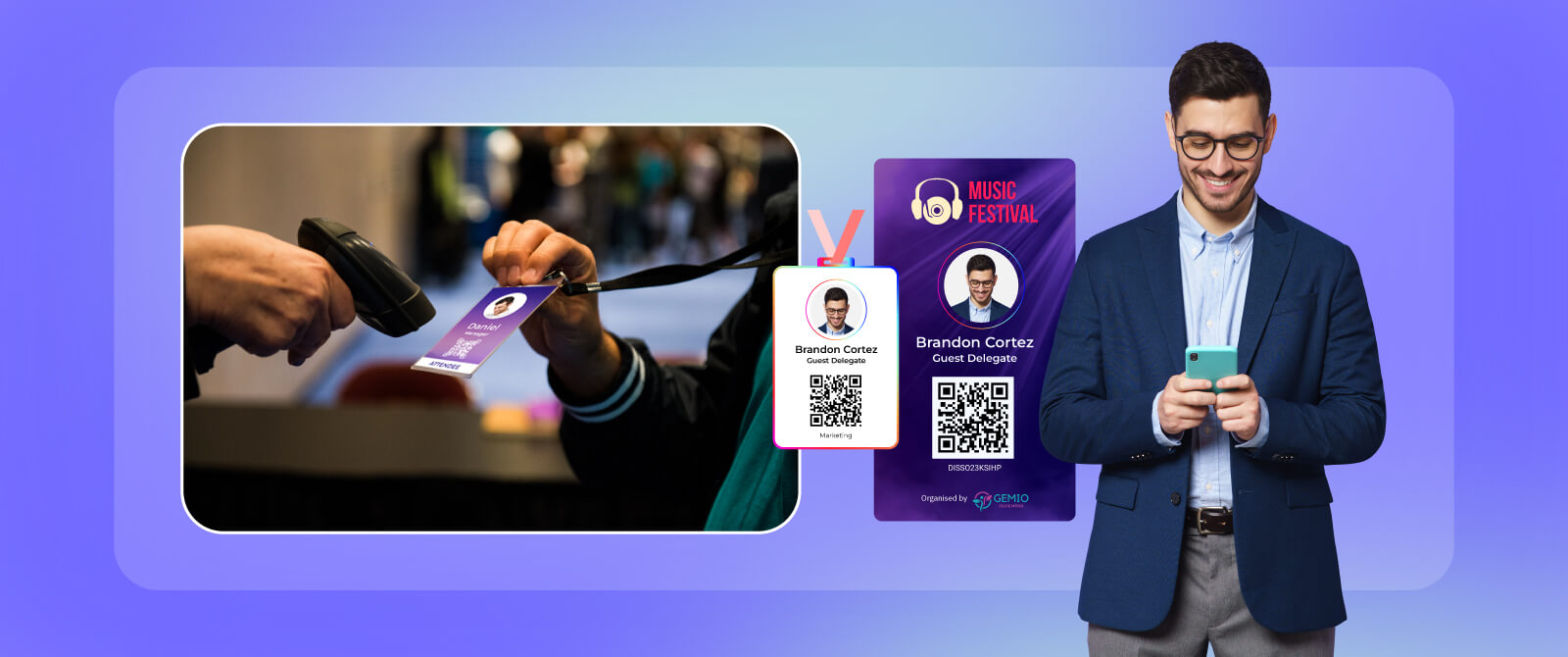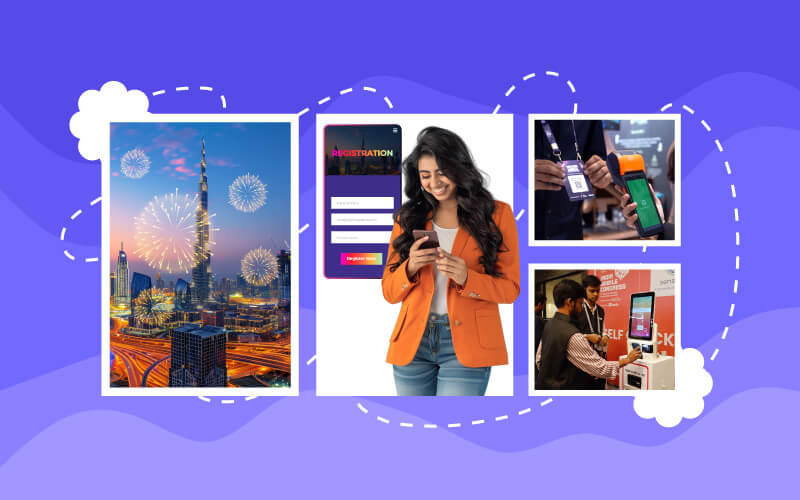Managing, organizing and executing an event needs proper online and onsite event check-in solutions. This comprehensive blog will provide event professionals with some event check-in best practices right away. However, these event check-in best practices include contactless check-in solutions, such as self-check-in kiosks, QR code-based check-in and more., to ensure seamless entries and safe social distancing protocols. Additionally, event professionals should also be aware of the correct event check-in process to ensure all attendees are properly registered. Now let’s explore the best event check-in tips without any further ado;
Why Do Event Organizers Need To Prioritize Event Check-In Best Practices?
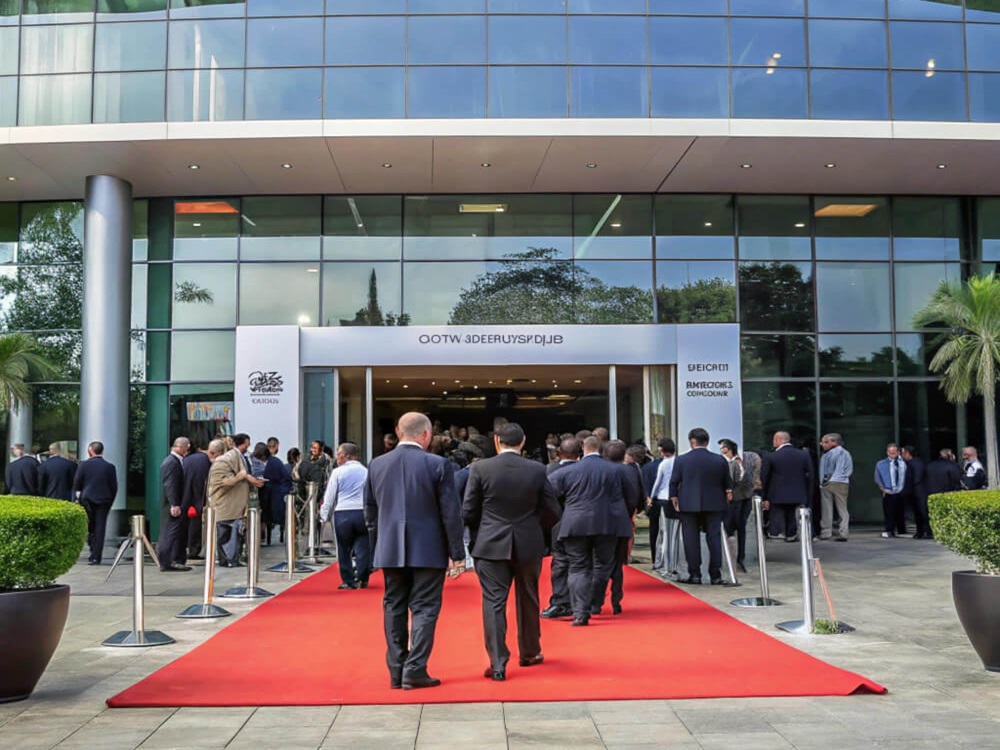
In order to ensure a smooth event check-in process, event organizers should implement event check-in best practices, as they are not just practices but solutions to any problems a participant may face.
1. First Impressions Always Matter
You never get a second chance to make the first impression.
Andrew Grant
Even before entering an event and experiencing it, the event check-in process is often considered the attendee’s first direct and tangible interaction with your event. Therefore, a smooth, efficient check-in brings the impression that whenever guests arrive, they come with high expectations. In that case, a well-organized event check-in can significantly impact their feelings Thus, by prioritizing event check-in best practices, event planners can ensure that attendees start their journey on the right foot, feeling valued, engaged and excited about what’s to come.
Always remember: A great first impression always leads the way towards positive word-of-mouth, increased attendance at future events, and stronger relationships with your audience.
2. Operational Effectiveness
To enhance operational efficiency, streamlined event check-in processes play an essential role by significantly reducing wait times and bottlenecks. However, this operational efficiency not only improves the attendee experience from arrival to participation but also allows the event team to manage resources more effectively. As a result, event staff can focus on critical tasks instead of dealing with logistical challenges during event registration. For instance, staff can spend more time engaging with attendees, answering questions, and facilitating a welcoming atmosphere. Therefore, efficient event check-in methods enable event organizers to handle larger crowds with less staff.
Event Check-in Tip: Integrating technology like self-service kiosks or mobile check-in apps can automate many aspects of the event check-in process, which requires less manpower.
3. Data Accuracy and Management
Another reason for implementing the event check-in practices for events is that it ensures more accurate data collection. This precision is crucial for real-time attendee tracking, personalized experiences, and post-event analysis. However, valuable data collection goes beyond mere procedure; it is fundamental to enhance the overall event experience and optimize future planning. But why is there a need for accurate data? It helps in making informed decisions during the event and provides valuable insights. Knowing who is present and where they are allows event organizers to make informed decisions on the fly. For example, if a particular session is overcrowded, organizers can allocate additional resources or create overflow areas to accommodate attendees.
4. Adaptability to Different Event Types
Action and adaptability create opportunity.
Garrison Wynn
By mastering event check-in best practices, organizers can easily gain the flexibility to handle various event types and scales. The ability to tailor the check-in process to different event types is crucial. Whether it’s a small corporate meeting or a large-scale corporate conference, trade show, concert, etc., having a well-planned event check-in strategy allows you to adapt quickly and efficiently to various event requirements.
For instance, a small meeting might require a simple check-in procedure with minimal or no staffing, whereas a large conference may require advanced technology, such as self-service kiosks or turnstile access management, to accommodate a higher volume of attendees.
5. Competitive Edge in the Industry
Lastly, to give competition to all peers in the events industry, it’s important to offer your attendees a superior event check-in experience that can set you apart from other organizers. Therefore, the implementation of event check-in practices with cutting-edge event tips and technologies demonstrates your commitment to innovation and attendee experience. Furthermore, this reputation for excellence can lead to more business opportunities and can establish event organizers as the topmost competition in the field.
Now, let’s move towards the best onsite event check-in best practices.
12 Key Event Check-In Best Practices Enhance Attendee Experiences
Event professionals, who are looking to make the event a success, should consider these top on-site event check-in best practices. Don’t skip any of these seamless and best check-in methods for events.
1. Comprehensive Event Planning Protocol
An efficient check-in process starts with meticulous planning. This event check-in best practice involves mapping out every aspect of the check-in experience, starting from the arrival of attendees to their entry and post-event feedback. By anticipating potential bottlenecks and preparing contingencies, event organizers can ensure a smooth flow. However, this planning covers arrangements related to event staffing, technology needs, and space requirements, all crucial elements of effective event check-in best practices. Here are the top questions to consider while planning an event:
| S.No. | Key Questions |
| 1 | What is the expected number of attendees? |
| 2 | What is the venue layout and how does it impact check-in? |
| 3 | What check-in methods will we implement (e.g., mobile, self-service, QR codes)? |
| 4 | What technology (software and hardware) is required for check-in? |
| 5 | How will you train your staff on the check-in process and technology? |
| 6 | What contingencies are in place for potential bottlenecks? |
| 7 | How will you manage VIP or special guests during check-in? |
| 8 | What information will you collect from attendees at check-in? |
| 9 | What steps will you take to ensure smooth flow and prevent crowding? |
| 10 | What feedback mechanisms will be in place for post-event evaluation? |
2. Consider Assessment of Pre-Event technology
Before the big event, thoroughly test all technology involved in the event process. This can include working on mobile event apps on various devices, event badge printers, turnstile gates, self-check-in kiosk solutions, RFID/NFC scanners, and any other tech solutions. Therefore, to be sure about everything, conducting a mock check-in can reveal potential issues and allow time for troubleshooting. However, this proactive approach is one of the best check-in methods for events, which ensures a seamless experience for both attendees and staff.
3. Mobile Application Integration
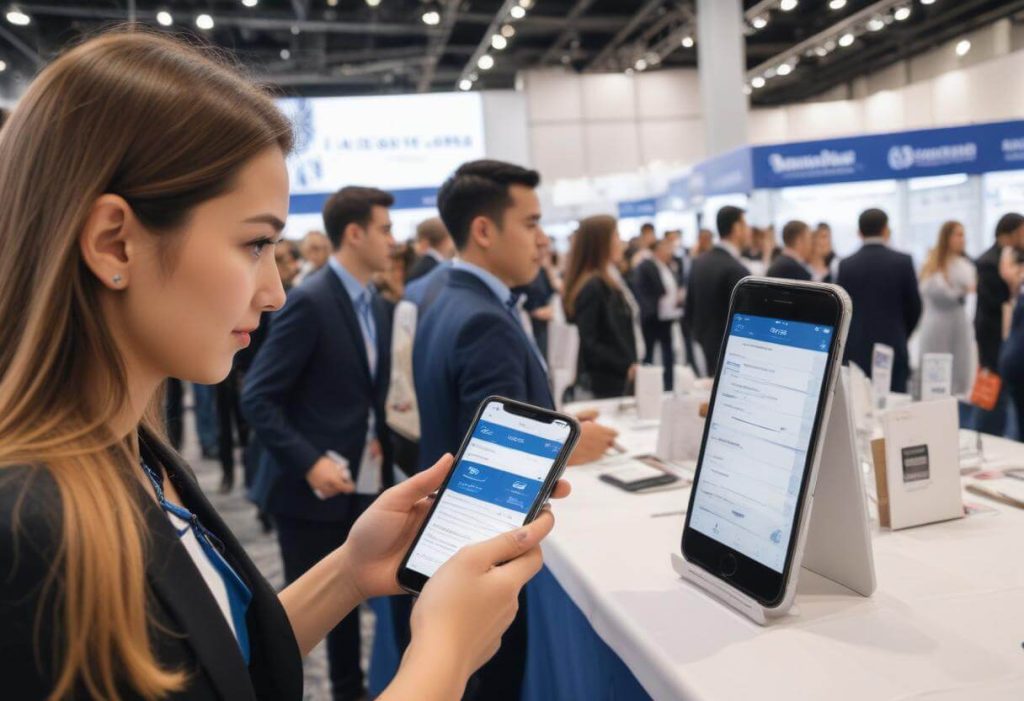
“ The global market for mobile event apps is expected to expand rapidly, with a projected compound annual growth rate (CAGR) of 18%. By 2030, it is estimated to reach $2.8 billion, up from $1.3 billion in 2021. “
To streamline the communication, it’s important to integrate a mobile app into your event check-in process, which can significantly enhance efficiency and the attendee experience. Mobile event apps are known as contactless check-in solutions that provide real-time updates and offer interactive event guides. This technology-driven approach is becoming increasingly popular among event check-in best practices because it offers convenience and reduces physical touchpoints. Consider these features while choosing a mobile event app:
- Push notifications
- One-on-one interactions
- In-person event live feeds.
- Virtual spaces
- Dedicated chats and breakout rooms for virtual participation
- Smooth tracking via polls, chats, booth traffic, and session check-ins.
- In-app messaging
- Post-event feedback
- Maximize networking with integrated ai-matchmaking
4. Onsite Event Badge Printing Implementation for Quick Badges
On-demand badge printing is a game-changer in event check-in tips. The onsite badge printing method simplifies the check-in process, reduces queues, and accommodates last-minute changes effortlessly. By implementing onsite badge printing, event organizers can streamline the event check-in process, minimize queues, and provide attendees with a more personalized experience.
5. Dedicated Event Registration Desk (Help and Configuration)

Setting up a dedicated event registration help desk is crucial for addressing any issues that may arise during the event check-in process. This station should be staffed with knowledgeable team members who can quickly resolve problems, answer questions, and provide assistance. Having this resource available is one of the best check-in methods for events, ensuring that any hiccups in the process are swiftly addressed.
Read More: 5 Creative Event Registration Desk Ideas
6. Define Operational Roles (Responsibility Assignment)
Ensure that clear role definition is essential for a smooth event check-in process. Assign duties and designate specific tasks or responsibilities to team members, such as managing the event registration desk, troubleshooting technology issues, or guiding attendees with self-kiosks or turnstile gates. However, this structured approach ensures that every aspect of the check-in is covered, staff members understand their duties well and it contributes to overall event check-in best practices.
7. Comprehensive Staff Training protocol
Properly trained staff are the backbone of efficient event check-in. Develop a thorough training program that covers all aspects of the check-in process, including using technology, handling common issues, and providing excellent customer service. This investment in staff preparation is one of the most impactful event check-in tips, directly influencing attendee satisfaction and overall event success.
8. Utilization of QR code Technology
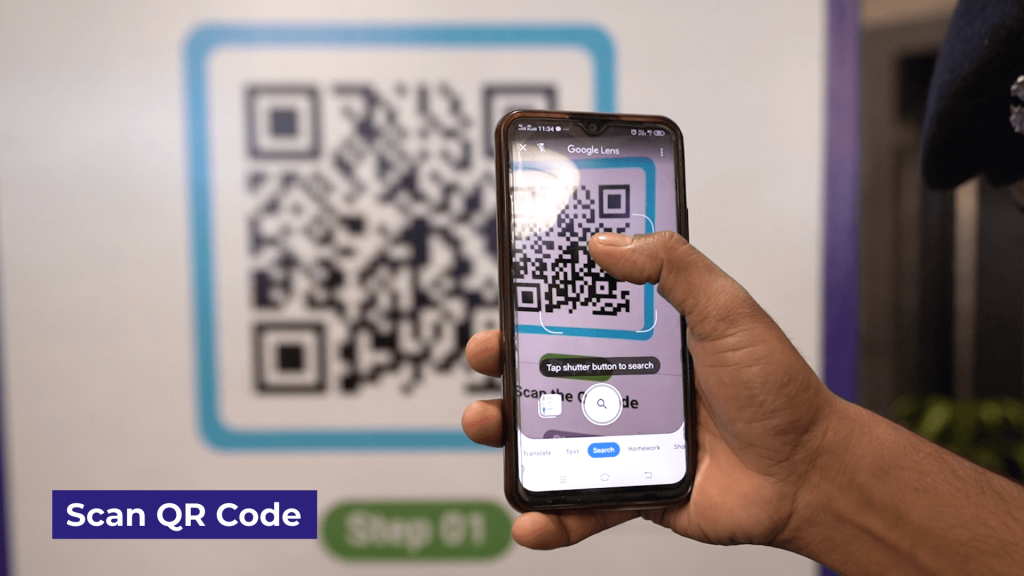
In 2023, Juniper’s research indicates that the number of contactless ticketing users will nearly triple from 180 million this year to 468 million. The study also highlights that mobile ticketing, which relies on QR code scanning, is expected to remain a popular choice for live events. QR codes have become a staple in event check-in best practices. They allow for quick, contactless check-ins and can store a wealth of attendee information. Incorporating QR codes and event badges into your event check-in process can reduce wait times, minimize physical contact, and provide a tech-savvy impression to your attendees.
9. Self-Service Kiosks for Smooth Event Entry
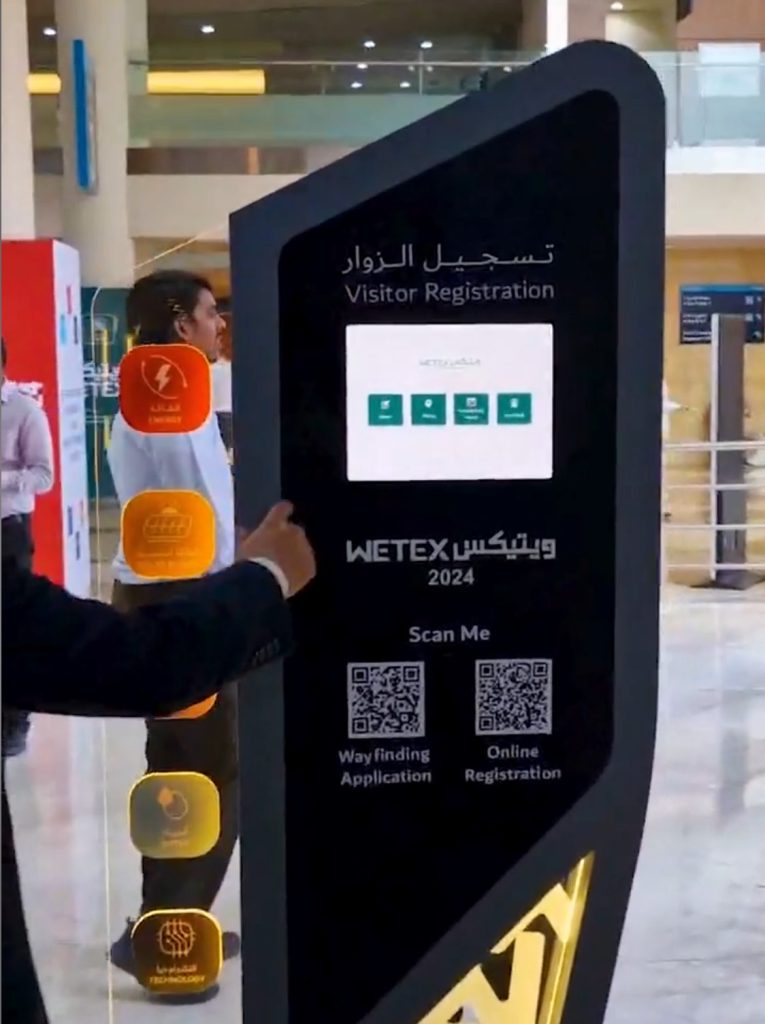
Self-service kiosks are an excellent addition to any event check-in process. They provide an alternative check-in method, reducing lines at staffed desks and appealing to tech-savvy attendees. When implemented correctly, self-service kiosks can significantly improve check-in efficiency and are considered one of the best check-in methods for events.
10. Integrated Check-In Area Design
Designing an efficient and well-integrated check-in area is crucial for a smooth and welcoming event experience. Here are some key considerations to make your check-in process seamless and positive for your attendees:
- Plan the Layout Carefully: Ensure the event check-in area is large enough to accommodate your busiest periods. For example, if you’re expecting 10,000 attendees, you’ll need a space where approximately 100 people can queue at any one time. Work with your venue vendor to find the most optimal spot.
- Clear Signage: Ensure the use of high-visibility, clear signs to guide attendees to the check-in area. This includes directional signage, digital displays, roller banners, or even floor vinyl stickers to ensure attendees can easily locate the registration area.
- Efficient Traffic Flow: Design the area to prevent attendees from crossing over each other. Ensure there are separate lines for entry and exit, and use crowd control barriers to divide attendees into separate queues for kiosks or registration desks.
- Additional Amenities: Consider adding a help desk or support area for attendees who may have issues or questions. Also, providing seating for people to rest as needed can enhance the overall experience. If possible, offer branded gift bags or essential information at the check-in point to create a positive first impression.
11. Turnstile Access Integration
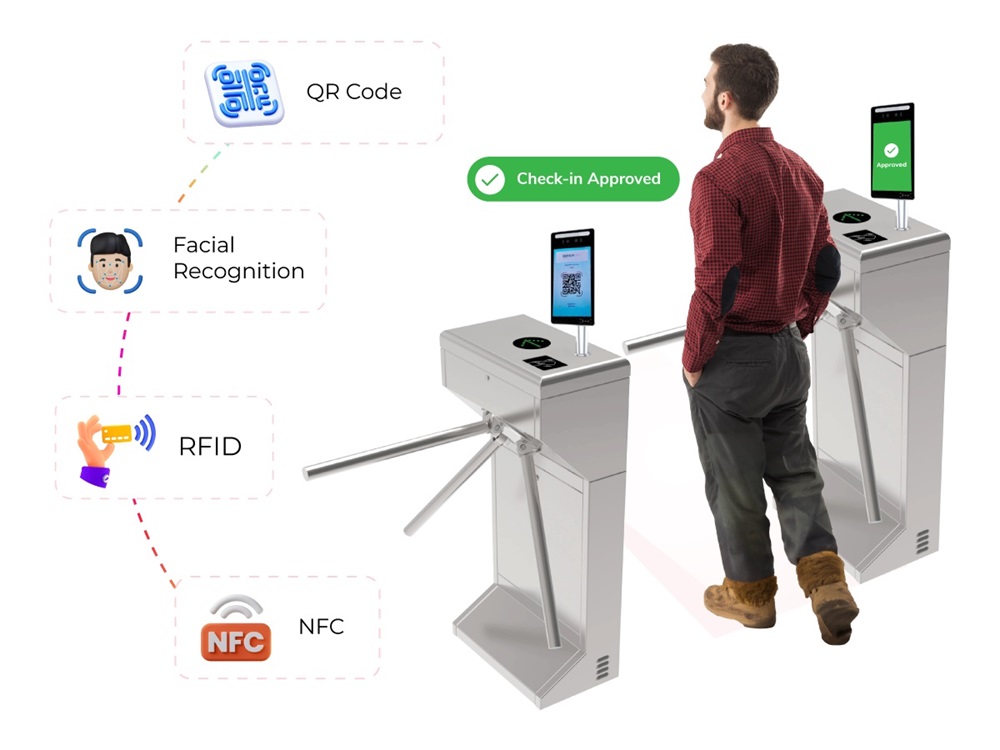
Integrating turnstile access management with your check-in system can provide an additional layer of security and streamline entry management. This method ensures that only registered and checked-in attendees can access the event area. While not suitable for all event types, turnstile integration is becoming a popular element in event check-in best practices for larger or more structured events.
12. Have A Backup Plan For Technical Issues
Preparing for potential technical glitches is a critical event check-in tip. Have backup devices, paper registration lists, and alternative check-in procedures ready. This preparedness ensures that the event check-in process can continue smoothly even if primary systems fail. It’s one of the best check-in methods for events to maintain efficiency and professionalism in the face of unexpected challenges.
Conclusion
In conclusion, effective event check-in practices are too essential for ensuring a seamless and engaging attendee experience. By prioritizing streamlined processes, utilizing technology such as QR codes and self-service kiosks, and emphasizing comprehensive planning and staff training, event organizers can create a welcoming atmosphere that impresses attendees at first sight. However, a well-executed check-in not only minimizes wait times but also enhances data accuracy and operational efficiency, which further enables organizers to focus on delivering an unforgettable experience. Ultimately, mastering these best practices can give event professionals a competitive edge, fostering stronger relationships with attendees and paving the way for future success.



